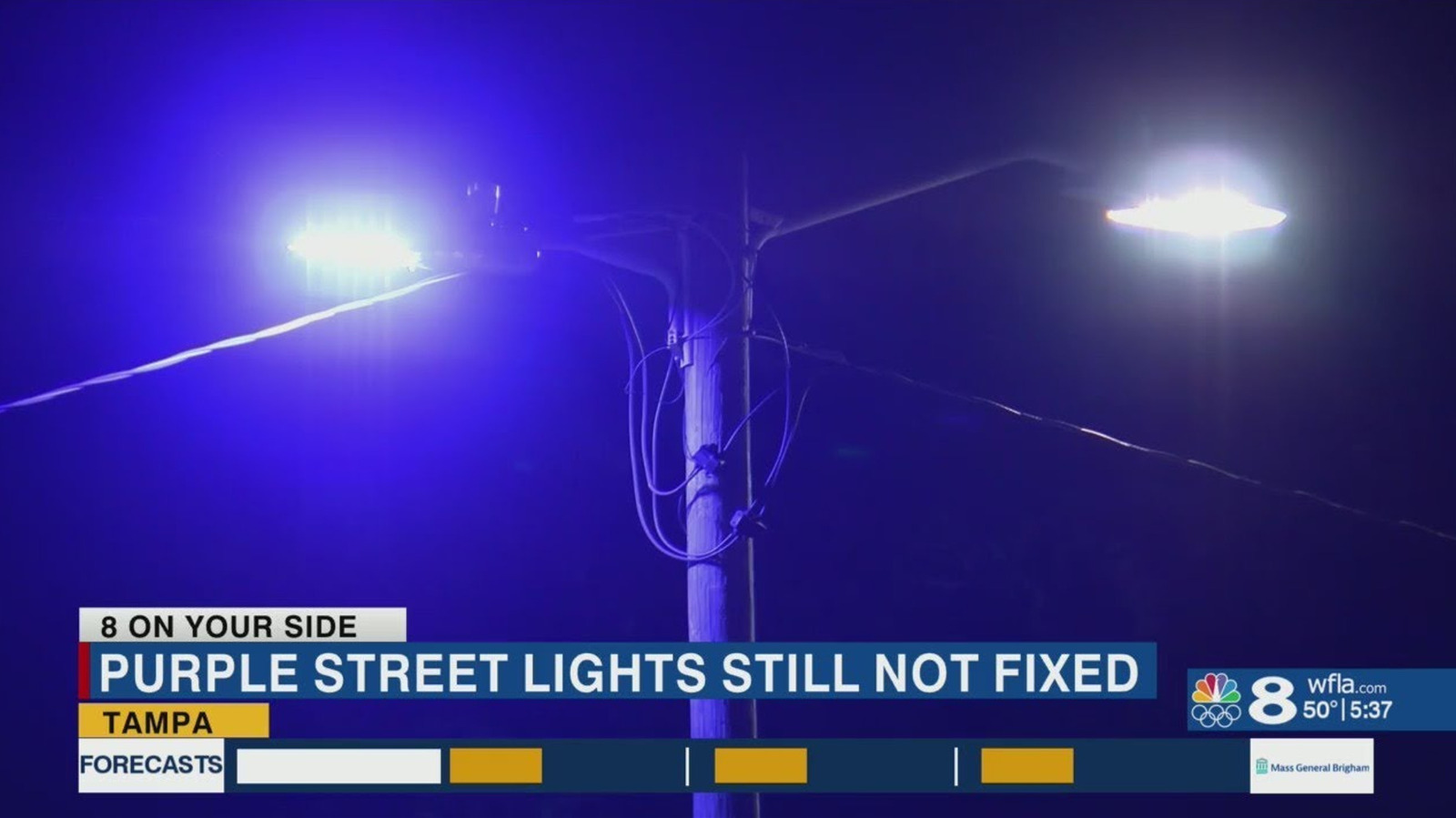Why Are Some Streetlights Suddenly Purple Instead of White?
If you’ve driven around town lately and spotted a few streetlights glowing an eerie purple instead of the usual white, you’re not alone. People have been scratching their heads, snapping photos, and even spinning wild theories about what’s behind this unexpected pop of color. Is it a secret government signal? A new kind of energy-saving tech? Actually, the real answer is much simpler—and a bit more mundane.
What’s Causing the Purple Glow in Streetlights?
Let’s clear up the biggest misconception right away: those purple streetlights aren’t part of some covert project or intentional city beautification effort. The culprit is a manufacturing defect in certain batches of LED streetlights. Over the last few years, several major lighting manufacturers have acknowledged that a thin coating on some LED bulbs—meant to create a crisp, white light—has been breaking down prematurely. When that coating fails, the underlying blue and violet LEDs shine through, giving off that unmistakable purple hue.
According to the Illuminating Engineering Society, this issue has cropped up in dozens of cities across North America, from Florida to the Pacific Northwest. The problem isn’t dangerous, but it does mean affected lights don’t illuminate the road as effectively, which can be a safety concern.
Are Purple Streetlights Dangerous or Harmful?
It’s a fair question. After all, anything that changes the way our streets are lit could affect drivers, cyclists, and pedestrians. The good news: there’s no evidence that the purple lights themselves are hazardous to your health or emit harmful radiation. They’re just not as effective at lighting up the road, which can make it harder to see at night.
Some cities have reported an uptick in complaints about visibility, especially in areas with lots of foot traffic or complex intersections. That’s why many municipalities are working to replace the defective bulbs as quickly as possible. If you spot one in your neighborhood, most city websites have a simple reporting tool—just snap a photo and send it in.
Why Did This Happen Now—And Not Years Ago?
LED streetlights have been replacing older sodium-vapor bulbs for over a decade, but the purple phenomenon is relatively new. Here’s why: the defect only shows up after the lights have been in use for a while. Think of it like a car’s clear coat peeling after a few years in the sun. The protective layer on these LEDs was supposed to last for years, but in certain batches, it’s breaking down much faster than expected.
Industry experts, including those at the U.S. Department of Energy, have pointed out that the rush to upgrade to energy-efficient lighting sometimes means cities buy in bulk from the lowest bidder. Occasionally, that leads to quality control issues slipping through the cracks. The result? A handful of neighborhoods end up with a purple glow instead of the intended bright white.
What Are Cities Doing About the Purple Streetlights?
Most cities aren’t thrilled about the unexpected color change. Not only does it confuse residents, but it can also make it harder for drivers to spot hazards. Municipalities from Charlotte to Seattle have launched replacement programs, swapping out the defective bulbs as they’re reported. Some manufacturers are covering the cost under warranty, while others are working with cities to speed up the process.
In some quirky cases, though, residents have grown fond of the purple lights, calling them “magical” or “otherworldly.” A few cities have even debated keeping a handful as a public art statement. But for the most part, the goal is to get back to standard, safe, white lighting as soon as possible.
Should You Be Concerned If You See Purple Streetlights in Your Area?
There’s no need to panic if you notice a purple streetlight on your block. It’s not a sign of a larger infrastructure problem, nor is it a health risk. If anything, it’s a reminder that even the best technology can have unexpected hiccups. If the light is in a spot where visibility is crucial—like near a crosswalk or busy intersection—it’s worth reporting to your local public works department so they can prioritize a fix.
The Big Takeaway
Purple streetlights aren’t about conspiracy or cutting-edge tech gone wild—they’re simply the result of a manufacturing hiccup. The fix? Swapping out the defective bulbs. If you spot one, let your city know. The big takeaway? Urban lighting isn’t about perfection—it’s about smarter adjustments. Start with one change this week, and you’ll likely spot the difference by month’s end.


